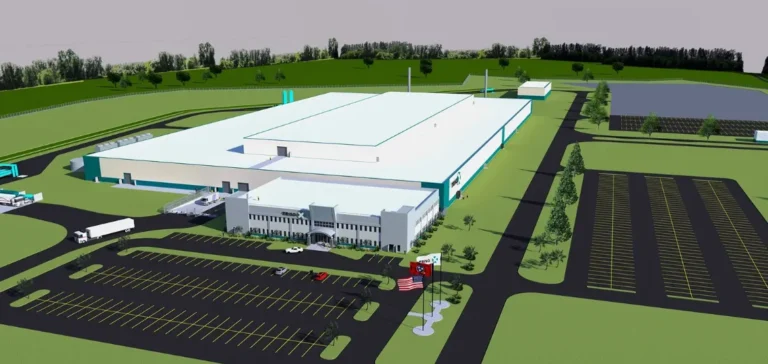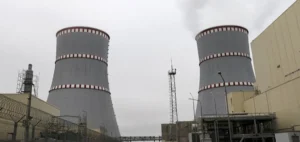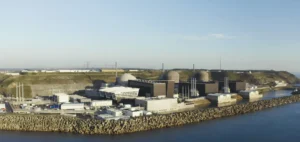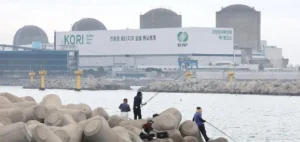TRISO-X has launched vertical construction on its TX-1 facility in Oak Ridge, Tennessee, designed to produce advanced nuclear fuel for small modular reactors (SMRs). It will be the first facility in the United States exclusively focused on fabricating tristructural-isotropic (TRISO) fuel developed by X-energy. This fuel will power the Xe-100 modular reactor, set to be deployed in partnership with Dow Inc. at the Seadrift site on the Texas Gulf Coast.
Federal funding and contractor selection
The project is supported by the U.S. Department of Energy (DOE) through the Advanced Reactor Demonstration Program (ARDP), which provides up to 50% cost-sharing for the initiative. In August, TRISO-X awarded a $48.2mn contract to Clark Construction Group to complete the main building phase of the 19,957-square-metre facility. At the same time, the company received DOE approval to allocate an additional $30mn for early procurement of critical long-lead equipment and materials to help maintain the project schedule.
Commissioning of TX-1 represents a regulatory milestone as it becomes the first Category II fuel fabrication facility licensed by the U.S. Nuclear Regulatory Commission (NRC), with a production capacity of 5 tonnes of uranium per year, equivalent to around 700,000 TRISO fuel pebbles. This output would be sufficient to fuel up to 11 Xe-100 reactors.
Security standards and facility classification
The NRC categorises special nuclear materials and the facilities handling them into three groups based on their strategic significance. Category II facilities, such as TX-1, are considered to hold materials of moderate strategic importance. Currently, only two U.S. plants are certified under Category I to process highly enriched uranium, while three others operate under Category III licences for low-enriched uranium.
Growing demand for high-assay low-enriched uranium (HALEU) for SMRs requires the development of Category II-certified infrastructure. Several companies have already submitted licence applications to the NRC for future production plants aligned with this requirement.
Ongoing testing and industrial outlook
TRISO-X fuel pebbles recently entered a 13-month irradiation testing phase at Idaho National Laboratory to assess their performance under operational scenarios. This testing is critical for the commercial qualification of the fuel.
TRISO-X President Joel Duling stated that “the start of vertical construction marks another significant milestone in bringing our bold vision for the future of nuclear energy to life”, emphasising the team’s goal of delivering the project within a few years rather than decades.






















